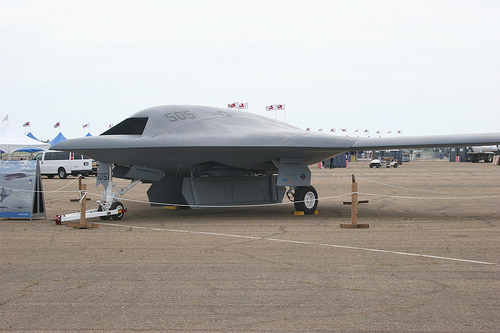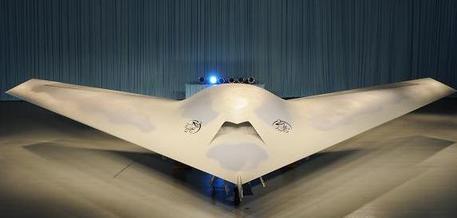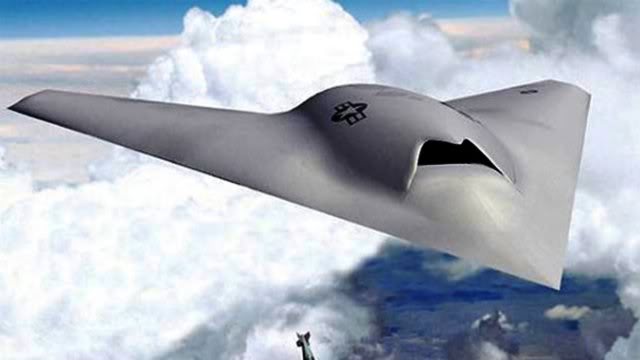USN Wants To Replace F-35s With UAVs
September 11, 2011: Six months after the U.S. Navy’s first full size combat UAV made its first flight, the U.S. Navy leadership has ordered naval aviation leaders to examine the possibility of reducing orders for the new F-35B and F-35C, and use that money to buy the new X-47B, and similar robotic combat aircraft. That move was probably helped along by DARPA (the Department of Defense’s research organization), which earlier this year decided to explore development of robotic ground support aircraft. This program involves two separate efforts. In one, DARPA will turn F-16s, F-18s and A-10s into unmanned ground support aircraft, to see if they can perform as well as the manned versions. In addition, DARPA will seek designs that improve on the performance of the current MQ-9 Reaper. DARPA wants its experimental aircraft operating within two years. The navy currently plans to buy 680 F-35B and F-35C aircraft, for (on average) $100 million each. A UCAS (Unmanned Combat Aerial System) costs less than half that, and provides most of the same capabilities.For the last few years, the navy was already hustling to ready its X-47B UCAS, for carrier operations and combat use. Within five years, the navy plans to have the X-47B demonstrating the ability to regularly operate from a carrier, and perform combat (including reconnaissance and surveillance) operations. The new efforts aim to have UCAS aircraft perform ground attack missions as well, something the Predators have been doing for over a decade. The larger Reaper UAV was designed to expand this combat capability, and is being built as quickly as possible to replace F-16s and other bombers in the combat zone.
The X-47B weighs the same as the F-18, and has two internal bays holding two tons of smart bombs. Once it can operate off a carrier, the X-47B will be used for a lot of bombing. Sort of a super-Reaper. The navy has been impressed with the success of the Predator and Reaper. But the Reaper weighs only 4.7 tons. The much larger, 15 ton, X-47B uses a F100-PW-220 engine, which is currently used in the F-16 and F-15.
It was only a year ago that the U.S. Navy rolled out the X-47B, its first combat UAV (also known as a UCAS). This was part of a six year long, $636 million contract to build and test two X-47B aircraft. With internal fuel, it can go 2,700 kilometers and return to its carrier. This greatly expands the reconnaissance capability of a carrier.
Six years ago, the smaller X-47A UCAS made its first flight. Development of this aircraft began in 2001. The Air Force was also developing the X-45 UCAS, which also had a naval version (the X-46). The X-45 program began in 1999, and the eight ton (max takeoff weight, with two ton payload) aircraft was ready for operational tests in 2006. The X-46 has a different wing layout, and a range of 1,100 kilometers, carrying a payload of two tons. The X-47A also has a two ton payload and a range of 1,600 kilometers. Unlike the X-45, which is built to be stored for long periods, the X-47A was built for sustained use aboard a carrier. All of these aircraft are very stealthy and can operate completely on their own (including landing and takeoff, under software control). The UCASs were originally meant for dangerous missions, like destroying enemy air defenses, and reconnaissance where enemy air defenses were strong. The air force, however, cancelled its X-45, but is now considering other UCAS options.
The air force and navy have always differed about the widespread use of UAVs in combat. When the air force agreed to work with the navy on UCASs a decade ago, they idea was that the air force ones would largely remain in storage, to provide a rapid "surge" capability in wartime. The navy, however, wanted to use theirs to replace manned aircraft on carriers. The reason was simple; carrier ops are dangerous, and carrier qualified pilots are more difficult and expensive to train, and retain in the service. The navy still has these problems, and senior admirals are pretty much in agreement that UCASs are the future of carrier aviation. The sooner these UCASs prove they can safely and effectively operate from carriers, the better. The X-47B (or planned, slightly larger, X-47C) is not the definitive carrier UCAS, but the navy hopes it is good enough to show that unmanned aircraft can do the job. Normally, "X" class aircraft are just used as technology demonstators. But the X-47 program has been going on for so long, and has incorporated so much from UAVs already serving in combat, that the X-47B may end up eventually running recon and bombing missions as the MQ-47B.
The DARPA project is, in effect, the Department of Defense leadership backing the navy plans, and spurring the air force to catch up. At the moment, the air force has a hard time building enough MQ-9s, which are used as a ground support aircraft, in addition to reconnaissance and surveillance. But, as the navy is demonstrating, you can build UCAS that can carry more weapons, stay in the air longer, and hustle to where they are needed faster. DARPA will try to demonstrate this, but it will be up to the air force and navy (and maybe even the army), to make it happen.
http://www.strategypage.com/htmw/htnavai/articles/20110911.aspx
بعد 6 أشهر من إختبار الطائره بدون طيار X-47B بتصميمها النهائى
ويعرف هذا النوع كبير الحجم من الطائرات بدون طيار ب UCAS
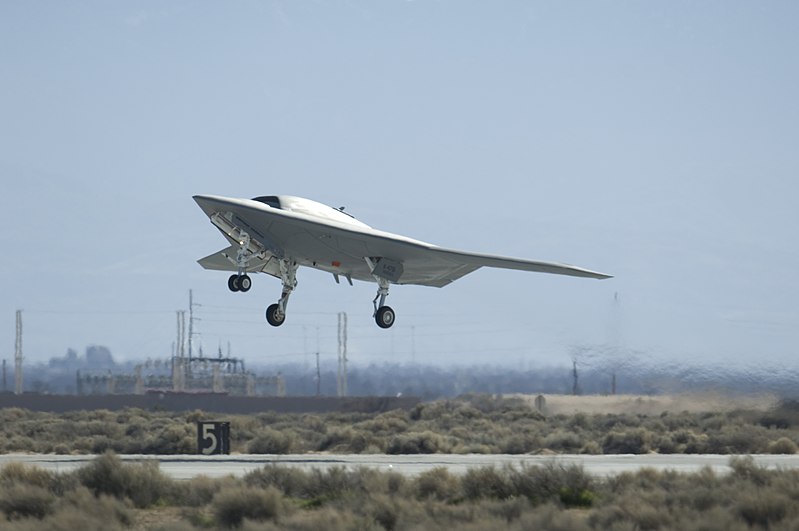
أمرت البحريه الأمريكيه قادة الطيران البحرى بدراسة إمكانية
تخفيض أعداد المقاتله أف35 بطرازيها F-35B and F-35C
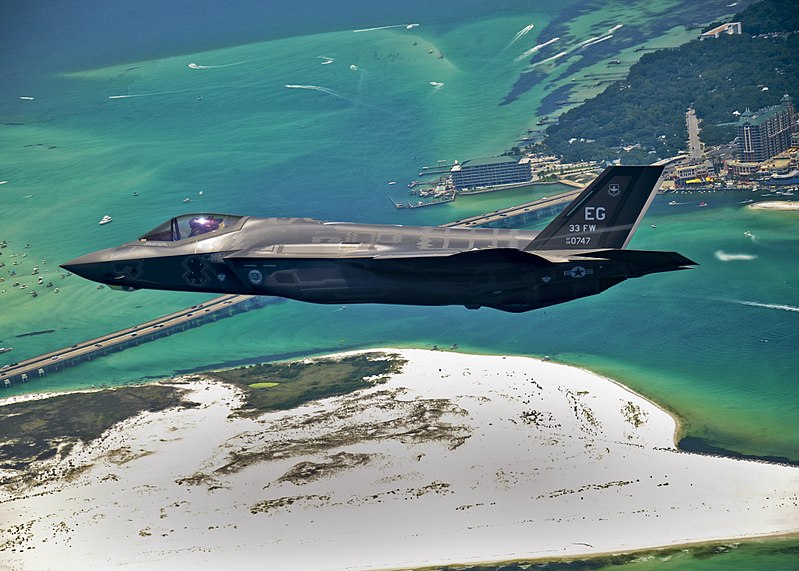
وإستخدام هذه الأموال فى شراء X-47B والطائرات المشابهه لها
المشروع الذى إقترحتها منظمة أبحاث الدفاع ينقسم إلى شقين
الشق الأول
تحويل الطائرات F-16s, F-18s and A-10s
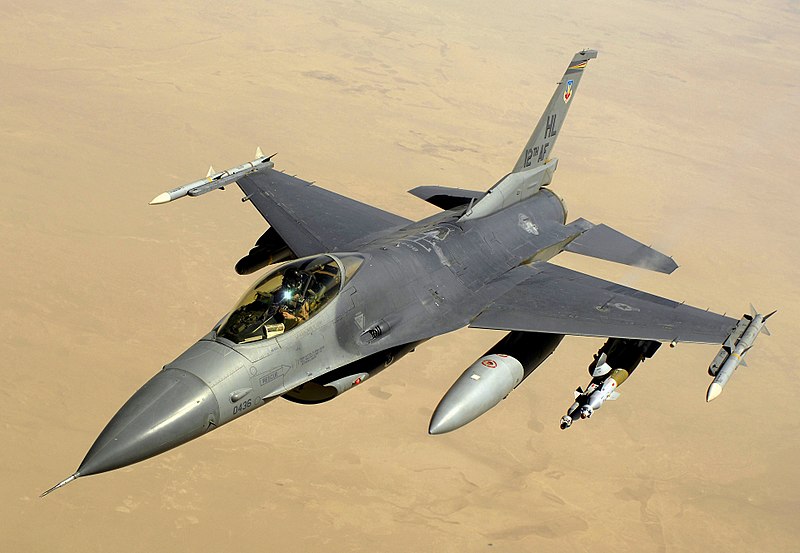

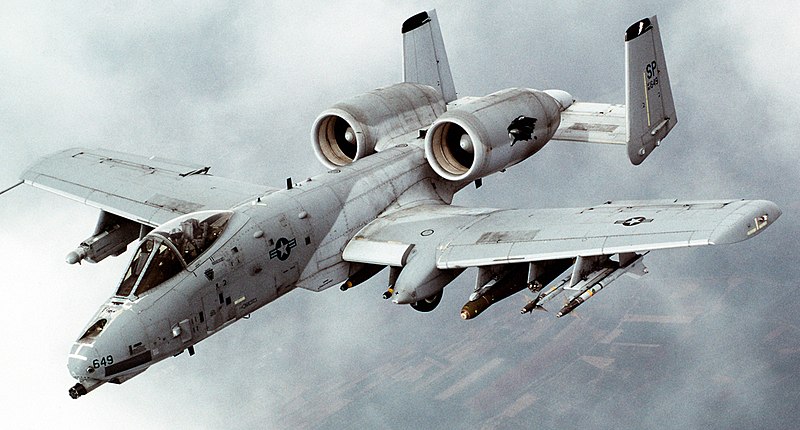
إلى طائرات غير مأهوله يتم التحكم بها من قواعد أرضيه
وسيتم دراسة جدوى هذا التحويل
وأيضآ العمل على إنهاء مشروع MQ-9 Reaper خلال عامين
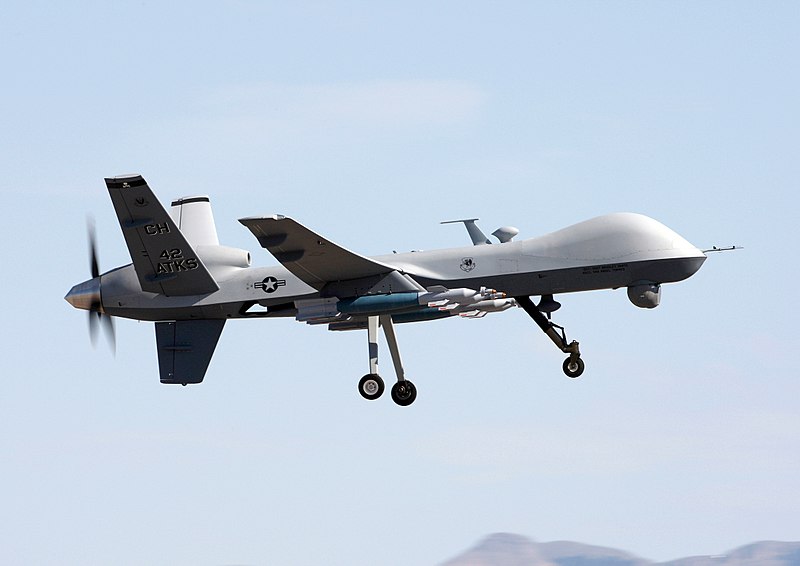
البحريه الأمريكيه تريد شراء 680 مقاتله f 35 بطرازيها
بمتوسط سعر 100مليون دولار للطائره الواحده
تقول منظمة أبحاث الدفاع أن الطائرات غير المأهوله ستكلف نصف هذا السعر
وتعطى قدرات أكبر من الطائرات المأهوله
على مدى العقد الماضى والبحريه تخطط لإستخدام طائرات X-47B
لتقلع من حاملات الطائرات لضرب الأهداف والإستطلاع بما فيها العمليات على اليابسه
على غرار البرايدتور Predator من القواعد الأرضيه التى إستخدمت طوال العقد الماضى

و الطائره MQ-9 Reaper ستكون ذات قدره قتاليه أكبر من Predator
والتى يجرى إعدادها لتحل مكان المقاتله f 16
وطائرات أخرى فى ميدان المعركه
X-47B تزن تقريبآ وزن المقاتله المقاتله f 18
وتستطيع حمل 2طن من القنابل الذكيه داخل حاويه داخليه
والبحريه معجبه بطائرات MQ-9 Reaper و Predator التى تزن 4.7طن فقط
والطائره X-47B تزن 15طن وتعمل بالمحرك المستخدم للأف16 و الأف15
F100-PW-220 engine
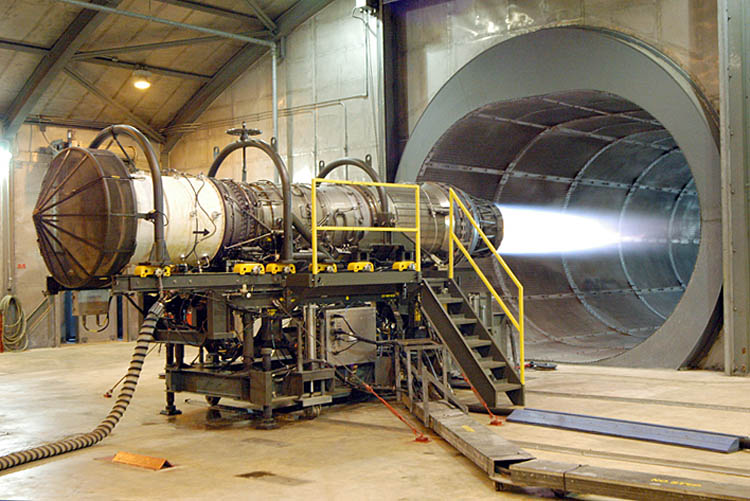
ولها مدى طيران يصل إلى 2700كم
أيضآ هذه الطائره تمتاز بميزة التخفى وإنخفاض تكاليف التدريب والتشغيل
حيث أن الطائره تستطيع الإقلاع والهبوط على حاملة الطائرات والقيام بمهامها
بواسطة برمجيات الكمبيوتر
كان من المفترض أن تستخدم هذه الطائره لضرب الدفاعات الجويه فقط
لكن البحريه تدرس الإستفاده منها فى مهمات كثيره وتعمل معها MQ-9 Reaper
للدعم والإستطلاع إحلالها مكان الطائرات
المأهوله التى تستخدم على حاملات الطائرات
September 11, 2011: Six months after the U.S. Navy’s first full size combat UAV made its first flight, the U.S. Navy leadership has ordered naval aviation leaders to examine the possibility of reducing orders for the new F-35B and F-35C, and use that money to buy the new X-47B, and similar robotic combat aircraft. That move was probably helped along by DARPA (the Department of Defense’s research organization), which earlier this year decided to explore development of robotic ground support aircraft. This program involves two separate efforts. In one, DARPA will turn F-16s, F-18s and A-10s into unmanned ground support aircraft, to see if they can perform as well as the manned versions. In addition, DARPA will seek designs that improve on the performance of the current MQ-9 Reaper. DARPA wants its experimental aircraft operating within two years. The navy currently plans to buy 680 F-35B and F-35C aircraft, for (on average) $100 million each. A UCAS (Unmanned Combat Aerial System) costs less than half that, and provides most of the same capabilities.For the last few years, the navy was already hustling to ready its X-47B UCAS, for carrier operations and combat use. Within five years, the navy plans to have the X-47B demonstrating the ability to regularly operate from a carrier, and perform combat (including reconnaissance and surveillance) operations. The new efforts aim to have UCAS aircraft perform ground attack missions as well, something the Predators have been doing for over a decade. The larger Reaper UAV was designed to expand this combat capability, and is being built as quickly as possible to replace F-16s and other bombers in the combat zone.
The X-47B weighs the same as the F-18, and has two internal bays holding two tons of smart bombs. Once it can operate off a carrier, the X-47B will be used for a lot of bombing. Sort of a super-Reaper. The navy has been impressed with the success of the Predator and Reaper. But the Reaper weighs only 4.7 tons. The much larger, 15 ton, X-47B uses a F100-PW-220 engine, which is currently used in the F-16 and F-15.
It was only a year ago that the U.S. Navy rolled out the X-47B, its first combat UAV (also known as a UCAS). This was part of a six year long, $636 million contract to build and test two X-47B aircraft. With internal fuel, it can go 2,700 kilometers and return to its carrier. This greatly expands the reconnaissance capability of a carrier.
Six years ago, the smaller X-47A UCAS made its first flight. Development of this aircraft began in 2001. The Air Force was also developing the X-45 UCAS, which also had a naval version (the X-46). The X-45 program began in 1999, and the eight ton (max takeoff weight, with two ton payload) aircraft was ready for operational tests in 2006. The X-46 has a different wing layout, and a range of 1,100 kilometers, carrying a payload of two tons. The X-47A also has a two ton payload and a range of 1,600 kilometers. Unlike the X-45, which is built to be stored for long periods, the X-47A was built for sustained use aboard a carrier. All of these aircraft are very stealthy and can operate completely on their own (including landing and takeoff, under software control). The UCASs were originally meant for dangerous missions, like destroying enemy air defenses, and reconnaissance where enemy air defenses were strong. The air force, however, cancelled its X-45, but is now considering other UCAS options.
The air force and navy have always differed about the widespread use of UAVs in combat. When the air force agreed to work with the navy on UCASs a decade ago, they idea was that the air force ones would largely remain in storage, to provide a rapid "surge" capability in wartime. The navy, however, wanted to use theirs to replace manned aircraft on carriers. The reason was simple; carrier ops are dangerous, and carrier qualified pilots are more difficult and expensive to train, and retain in the service. The navy still has these problems, and senior admirals are pretty much in agreement that UCASs are the future of carrier aviation. The sooner these UCASs prove they can safely and effectively operate from carriers, the better. The X-47B (or planned, slightly larger, X-47C) is not the definitive carrier UCAS, but the navy hopes it is good enough to show that unmanned aircraft can do the job. Normally, "X" class aircraft are just used as technology demonstators. But the X-47 program has been going on for so long, and has incorporated so much from UAVs already serving in combat, that the X-47B may end up eventually running recon and bombing missions as the MQ-47B.
The DARPA project is, in effect, the Department of Defense leadership backing the navy plans, and spurring the air force to catch up. At the moment, the air force has a hard time building enough MQ-9s, which are used as a ground support aircraft, in addition to reconnaissance and surveillance. But, as the navy is demonstrating, you can build UCAS that can carry more weapons, stay in the air longer, and hustle to where they are needed faster. DARPA will try to demonstrate this, but it will be up to the air force and navy (and maybe even the army), to make it happen.
http://www.strategypage.com/htmw/htnavai/articles/20110911.aspx
بعد 6 أشهر من إختبار الطائره بدون طيار X-47B بتصميمها النهائى
ويعرف هذا النوع كبير الحجم من الطائرات بدون طيار ب UCAS

أمرت البحريه الأمريكيه قادة الطيران البحرى بدراسة إمكانية
تخفيض أعداد المقاتله أف35 بطرازيها F-35B and F-35C

وإستخدام هذه الأموال فى شراء X-47B والطائرات المشابهه لها
المشروع الذى إقترحتها منظمة أبحاث الدفاع ينقسم إلى شقين
الشق الأول
تحويل الطائرات F-16s, F-18s and A-10s


إلى طائرات غير مأهوله يتم التحكم بها من قواعد أرضيه
وسيتم دراسة جدوى هذا التحويل
وأيضآ العمل على إنهاء مشروع MQ-9 Reaper خلال عامين
البحريه الأمريكيه تريد شراء 680 مقاتله f 35 بطرازيها
بمتوسط سعر 100مليون دولار للطائره الواحده
تقول منظمة أبحاث الدفاع أن الطائرات غير المأهوله ستكلف نصف هذا السعر
وتعطى قدرات أكبر من الطائرات المأهوله
على مدى العقد الماضى والبحريه تخطط لإستخدام طائرات X-47B
لتقلع من حاملات الطائرات لضرب الأهداف والإستطلاع بما فيها العمليات على اليابسه
على غرار البرايدتور Predator من القواعد الأرضيه التى إستخدمت طوال العقد الماضى

و الطائره MQ-9 Reaper ستكون ذات قدره قتاليه أكبر من Predator
والتى يجرى إعدادها لتحل مكان المقاتله f 16
وطائرات أخرى فى ميدان المعركه
X-47B تزن تقريبآ وزن المقاتله المقاتله f 18
وتستطيع حمل 2طن من القنابل الذكيه داخل حاويه داخليه
والبحريه معجبه بطائرات MQ-9 Reaper و Predator التى تزن 4.7طن فقط
والطائره X-47B تزن 15طن وتعمل بالمحرك المستخدم للأف16 و الأف15
F100-PW-220 engine

ولها مدى طيران يصل إلى 2700كم
أيضآ هذه الطائره تمتاز بميزة التخفى وإنخفاض تكاليف التدريب والتشغيل
حيث أن الطائره تستطيع الإقلاع والهبوط على حاملة الطائرات والقيام بمهامها
بواسطة برمجيات الكمبيوتر
كان من المفترض أن تستخدم هذه الطائره لضرب الدفاعات الجويه فقط
لكن البحريه تدرس الإستفاده منها فى مهمات كثيره وتعمل معها MQ-9 Reaper
للدعم والإستطلاع إحلالها مكان الطائرات
المأهوله التى تستخدم على حاملات الطائرات
التعديل الأخير:










